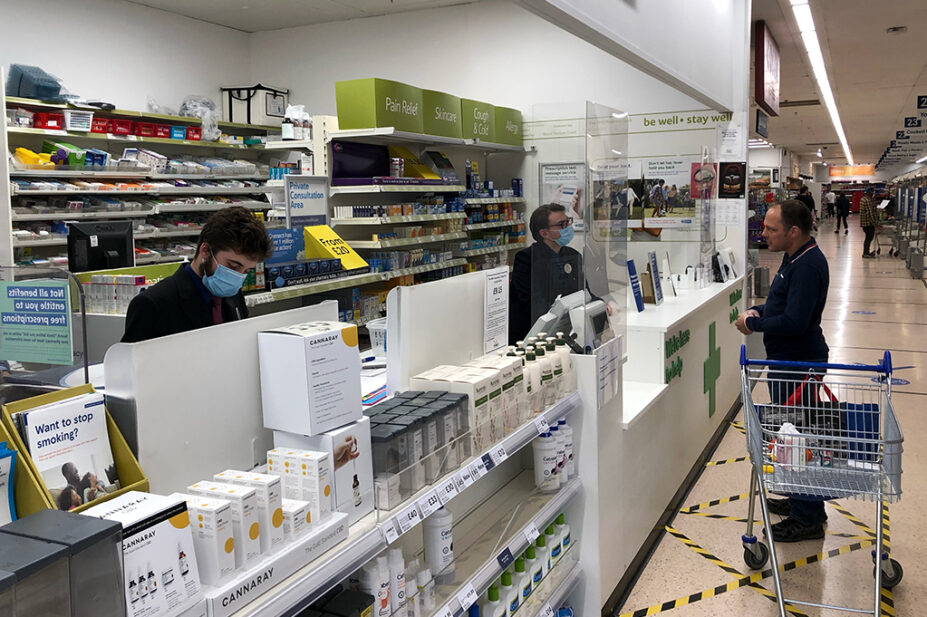
Shutterstock.com
The number of overseas pharmacists applying to train to work in Great Britain in 2022/2023 has increased by just over 26% since the previous year.
There were 757 applications to the Overseas Pharmacists Assessment Programme (OSPAP) in the 12 months from March 2022 to March 2023, according to data provided to The Pharmaceutical Journal by the General Pharmaceutical Council (GPhC).
Completion of the OSPAP programme is a requirement for internationally-qualified pharmacists from outside the European Economic Area (EEA) who want to join the GPhC register, or for those holding an EEA pharmacy qualification that would not otherwise allow them to join the register.
Interest in the OSPAP programme has continued to grow in recent years, with 151 applications between March 2020 and March 2021, and 599 applications between March 2021 and March 2022.
According to the GPhC website, all OSPAP courses starting in 2024 “are already oversubscribed, due to high demand and applications carried over from previous years”.
“This means that you are unlikely to be able to find a place to study during this time,” it adds.
In May 2023, NHS England said it was looking to review the OSPAP as part of plans to increase international recruitment of pharmacists.
Commenting on the number of OSPAP applications, Helga Mangion, policy manager at the National Pharmacy Association (NPA), said the association welcomed applications from overseas and wished successful applicants “a fulfilling career” in the UK.
“NPA members are continuing to face a crisis in the recruitment and retention of community pharmacists and skilled support staff,” she added.
In August 2023, NHS England’s Community Pharmacy Workforce Survey revealed that the vacancy rate for community pharmacists doubled in a year to 16%.
The survey, which ran from 6 October 2022 to 30 November 2022, also showed that an average of 44% of pharmacy owners across 42 integrated care systems said that filling vacancies in their pharmacy was “very difficult”.
Pharmacists have been on the Home Office’s shortage occupation list since March 2021 to deal with staffing issues caused by a decline in the number of pharmacy graduates and increasing demand for their services.
Inclusion on the list makes it easier for internationally-qualified pharmacists to successfully apply for a skilled worker visa through the UK’s immigration system.
NHS England’s ‘Long-term workforce plan’, published in June 2023, aims to address the ongoing workforce issues by increasing pharmacy training places by nearly 50% over the next eight years to 2031/2032 “to meet the demand for pharmacy services”.


